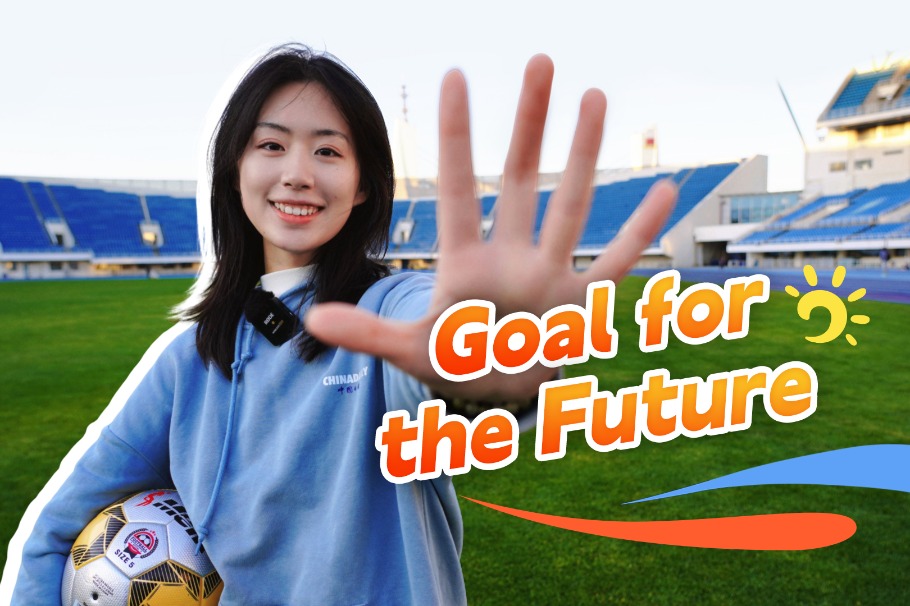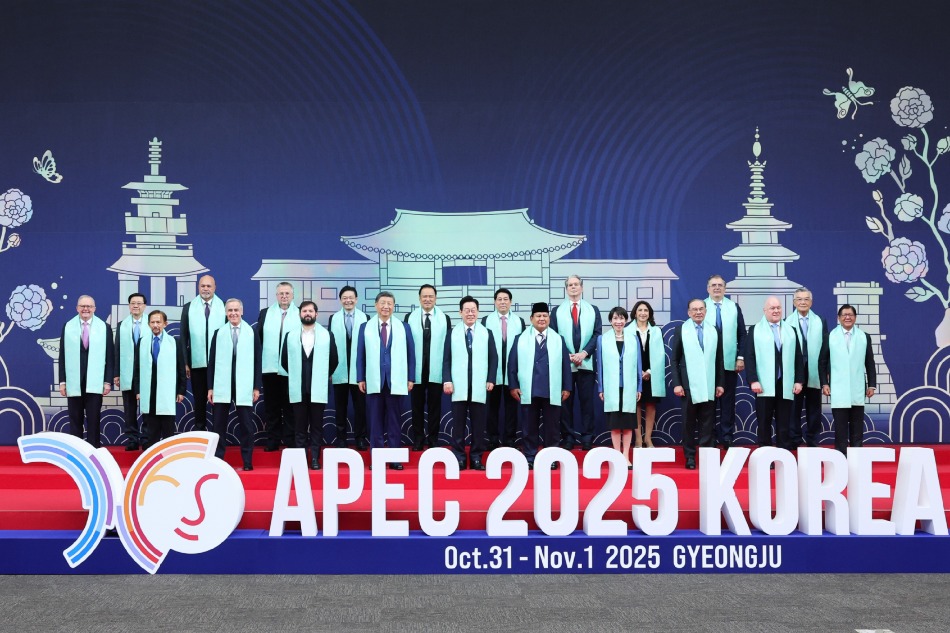Air show charm offensive displays PLA's transparency


At an air show in Changchun, capital of Jilin province, in September, the People's Liberation Army Air Force allowed visitors to board and enter the cockpit of some of its decommissioned as well as in-service aircraft.
Visitors, many of them parents and children, lined up to take a close look at the Air Force's legacy models such as the Q-5 attack jet or its modern hardware such as the Y-20 strategic transport plane.
Some aircraft enthusiasts also went to great lengths to ensure a front-row seat outside the parking site of the J-20 stealth fighter jet, which was both on display as well as performing at the air show.
This is the first time the Air Force has displayed its stealth fighters, allowing members of the public to watch them from up close. The Air Force also placed mockups of the PL-15, China's top-tier long-range air-to-air missile, outside a J-10C fighter jet, encouraging visitors to lift them up and pose for photographs.
Inside the Air Force hall, flight simulators allowed children and students to get a feel of how to fly modern military aircraft or control strike drones.
Moreover, Air Force pilots standing in front of their aircraft obliged visitors asking for autographs or wanting to pose with them for selfies, patiently answering questions about the planes. They even let children cross the security cordon and get very close to the aircraft to pose for photographs; some even lifted little kids onto the nose of a plane to enable their parents to click a better picture.
It was a lot different from earlier air shows in Changchun when visitors had to be content with watching the performing aircraft from a distance, apart from the lucky few who were able to get a chance to glance inside the cargo bay of the Y-20.
The relaxation in measures reflects the growing confidence, transparency and openness of the Chinese military.
In September, the PLA Navy made public the electromagnetic catapult launch and recovery tests of three new types of carrier-borne aircraft, including the J-35 stealth fighter, aboard CNS Fujian, China's first domestically built catapult-equipped aircraft carrier.
The Navy issued a combination of news releases, dozens of high-definition pictures and multiple video clips, showing its clear intention to share the service's modernization accomplishments with the public.
The event also established CNS Fujian as the world's first aircraft carrier to have launched and recovered stealth jets with the state-of-the-art electromagnetic catapult system, a technology in which China and the United States dominate.
The endeavor has turned out to be a huge publicity success. Some video bloggers used editing techniques inspired by the 1986 Hollywood film Top Gun to insert soul-stirring songs into Navy-published footage and make those viral on Chinese video-sharing apps. Military enthusiasts were unanimous in their view that the days of people admiring only the US' naval prowess are over.
After concentrating its attention and resources on developing its hard power, it is good to see the PLA realizing the advantages of soft power and the benefits of developing harmonious public relations.
With more such charm offensives, people around the world will soon find that the Chinese military is not only powerful, but also transparent and friendly.
































